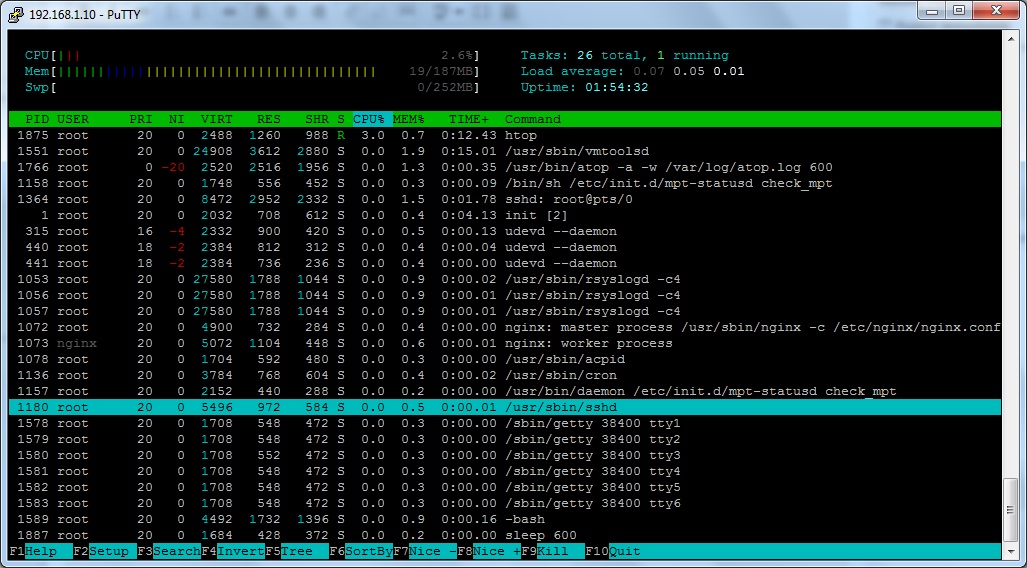
This information will be important to have with one particular method of killing the process.Īlthough top is incredibly handy, it’s not always the most efficient means of getting the information you need. According to our top display, we can discern there are four instances of chrome running with Process IDs (PID) 3827, 3919, 10764, and 11679.

Say, for example, Chrome has become unresponsive. Figure 1: The top command gives you plenty of information.įrom this list you will see some rather important information. From the command line, issue top to see a list of your running processes (Figure 1).
LIST PROCESSES LINUX FULL
With top, you get a full listing of currently running process. Top is a tool every administrator should get to know. There are two commands I use to locate a process: top and ps. The first step in killing the unresponsive process is locating it. I will be dealing strictly with the command line, so open up your terminal and prepare to type. The steps I’m going to outline will work on almost every Linux distribution, whether it is a desktop or a server. How do you take care of this layered task? It’s actually quite simple…once you know the tools at your disposal. However, before you immediately launch that command to kill the process, you first have to know what the process is. Thankfully, Linux has every tool necessary to empower you, the user, to kill an errant process.


But how? Believe it or not, your best bet most often lies within the command line. You try to run the app again, but it turns out the original never truly shut down completely. Picture this: You’ve launched an application (be it from your favorite desktop menu or from the command line) and you start using that launched app, only to have it lock up on you, stop performing, or unexpectedly die. For more great SysAdmin tips and techniques check out our free intro to Linux course. This is a classic article written by Jack Wallen from the archives.


 0 kommentar(er)
0 kommentar(er)
